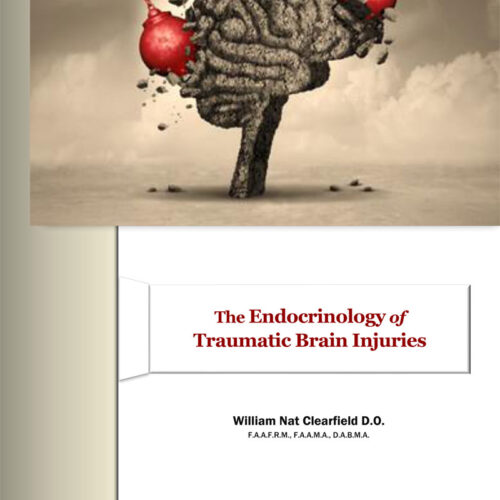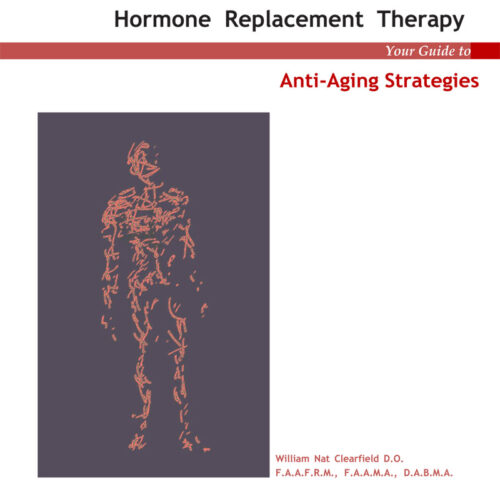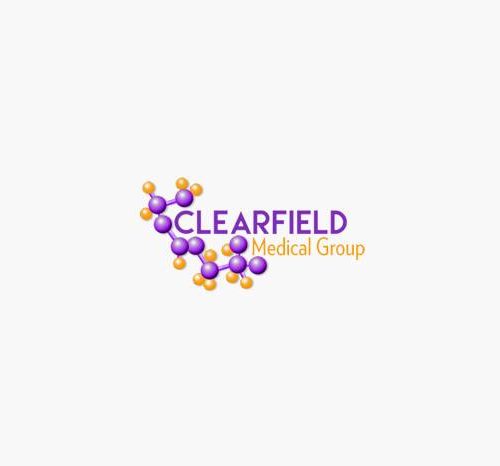Tuesday, July 18, 1995, was a typical hot and humid day in Northeast Pennsylvania. With children, Matthew 11 and Jamie 9, we tended a backyard garden before work (for me) and camp (for them.) Despite poor growing conditions due to excessive moisture including a near-flood that summer, our crops flourished.
Unlike our neighbors who struggled that summer, Matt and Jamie had the good fortune to have a father who was one of only two physician acupuncturists in the area. Our “experiment” was to place acupuncture needles in the stems of half of the crops.
I’d somewhat made a name for myself, in the physician acupuncture community earlier that year with the publication of an article “Form Follow Function, Treatment of Head and Neck Injuries With Medical Acupuncture,” in the journal “Medical Acupuncture.” It was so successful, I taught workshops of the technique, was nominated to the Board of Directors of the American Academy of Medical Acupuncture and elected Secretary of that organization.
Acupuncturing the garden was an act of desperation. In the winter of 1995, our Reiki Master Judith H. left two tubs of impatiens to my care while she traveled two weeks to India. Three days in, both sets of flowers were near death.
I had ordered and received, that week, an electronic point finder. I tried it on myself.
Hoku, LI 4, the point on the web between the thumb and index finger, buzzed up a storm. I looked at my hand, then the dying plants, then my hand, then the dying plants.
I recalled a story from an old-time Wilkes Barre, (Pa.) gal. She grew up on an apple orchard and when one of the trees was dying, her father would take a nail and hammer it into the trunk. “Saved many a tree that way.”
Nothing to lose, I shrugged. I ran the point finder up and down the plant stems and viola, there was electrical activity in several spots. With my trusty #30 1/4 inch DBC Korean Needles I stabbed the “points” on every other stem. That was on Friday.
Sunday, two days later, something caught my eye in the window where I’d left the plants. The needled stems were standing at attention, and by the morning of Judith’s return, buds had formed. On the last day in February, the 28th, in Northeast Pennsylvania, without a greenhouse, Judith’s impatiens bloomed.
Matt, Jamie and I were so excited we couldn’t wait for summer. Every year we grew a garden of tomatoes (beefsteak), zucchini, squash, pumpkins (that grew up the side of a fence), watermelons whose vines stretched from the garden all the way across the back lawn, and giant sunflowers.
While tending the garden that morning, I received a phone call from Walter Reed Army Hospital in Bethesda, Maryland. “Colonel Richard Niemtzow, U.S. Air Force wishes to speak with you.”
Military? A Colonel in the U.S. Air Force wants to speak to me? Uh, oh. What did I do now?
“Dr. Clearfield?.” Authoritative, but not menacing. “I’ve read about work and would like to spend time observing you.”
Eh, sure. Far be it from me to refuse a request from the U.S. Military. Colonel Niemtzow in full dress uniform presented himself that summer. Instead of the stern, snarling grunt, as depicted by Hollywood, Dr. Niemtzow was a soft-spoken man, with a gentle touch and an extreme, almost embarrassing humility. The kids liked him, too.
Fast forward twenty years, the pupil has far outperformed the teacher. Dr. Niemtzow took the role as editor of the journal “Medical Acupuncture” and turned it into a world-class publication. He is a world leader in innovative medical acupuncture in both the civilian and military worlds. His signature achievement, “Battlefield Acupuncture,” revolutionized on-the-spot (hence “Battlefield”) treatment of
soldiers injured in combat.
At home, Dr. Niemtzow adapted his technique for all types of acute and chronic pain syndromes. It delivers significant relief in minutes with relief lasting hours, days, weeks, and even months depending on presenting pathology and the duration treatment.
Battlefield therapy, like all acupuncture, is cumulative. The more it is performed, the more effective it becomes and the longer it lasts. Our instruments include small ASP gold needles, electrical stimulation and cold laser.
As his original teacher, I take no credit but am proud to present his work.
Battlefield Acupuncture Points
For an experienced acupuncturist, the technique is simple. Beginning with the dominant hand side, gold ASP semipermanent needles are inserted in the above-designated points in the order listed below.
The first needle is placed in the cingulate gyrus of the dominant hand ear. The patient ambulates for a minute to determine pain attenuation. If none, a second ASP needle is inserted into the cingulate gyrus on the opposite ear. The patient is again ambulated.
A pain level of 0-1 (out of 10, ten representing the worst pain imaginable) is the goal. If pain remains, a third ASP needle is placed in the anterior thalamus in the ear that produces the most pain attenuation. The patient ambulates once more.
ASP needles are placed in a sequential manner into omega 2, Shen Men and point zero, stopping when the desired (0-1) pain level is obtained. I have used all five points on both ears exactly twice. Battlefield techniques create a pain-free, narcotic free, side effect free, method of rapid pain relief. With the above protocol, we treat acute and chronic neck, back, and extremity pain and strains, and with a few modifications, migraine headaches, and pre and post-op pain.
A brief word about libido. We have successfully lessened poor sexual desire and performance, using a modified protocol. This is especially helpful to bridge the gap for those beginning bioidentical hormone therapy, as it can take 3-6 weeks to get adequate blood levels. It also enhances sexual fulfillment.
Acupuncture acts by downregulating (diminishing) Cytokine proinflammatory markers IL-1b, IL-2, IL-6, IL-12, Il 17, IFN-g, and TNF-a, and upregulating anti-inflammatory markers IL-4 and IL-10. Neuropeptides, Substance P, Neurokinin A, VIP, Bradykinin, and Calcitonin Gene-Related Peptide are all positively affected by acupuncture.
Battlefield Acupuncture is a technique that is simple and effective. No clothing need to be removed as the outer ear is readily accessible. There is no danger of overdose or narcotic dependency.
I am proud to introduce Dr. Niemtzow’s technique to the Reno area and know it will find widespread use for a variety of conditions.
For More information, contact Dr. William N. Clearfield at (775) 359-1222.
References
1. Clearfield, W., Form Follows Function. A Practical Approach to Treating Radiculopathy.” Medical Acupuncture, Spring 1995, 11-19.
2. Horrigan, Bonnie, Interview with Dr. Bruce Pomeranz. Alternative Therapies in Health and Medicine, Nov. 1996, Vol.2, No.6, p.85-91
3. Niemtzow, R, Battlefield Acupuncture, http://www.isla-laser.org/wpcontent/uploads/Niemtzow-Battlefield-Acupuncture.pdf
4. Niemtzow, R., Battlefield Acupuncture, lecture material from course “Battlefield Acupuncture,” May 15, 2015, p. 5.
5. Freek J. Zijlstra, et al. Anti-inflammatory actions of acupuncture; Mediators of Inflammation, 12(2), 59, 69 (April 2003).
6. Freek J. Zijlstra ,CA, Ineke van den Berg-de Lange, Frank J. P. M. Huygen and Jan Klein; Anti-inflammatory actions of acupuncture; Mediators of Inflammation, 12(2), 59/69 (April 2003)3.




